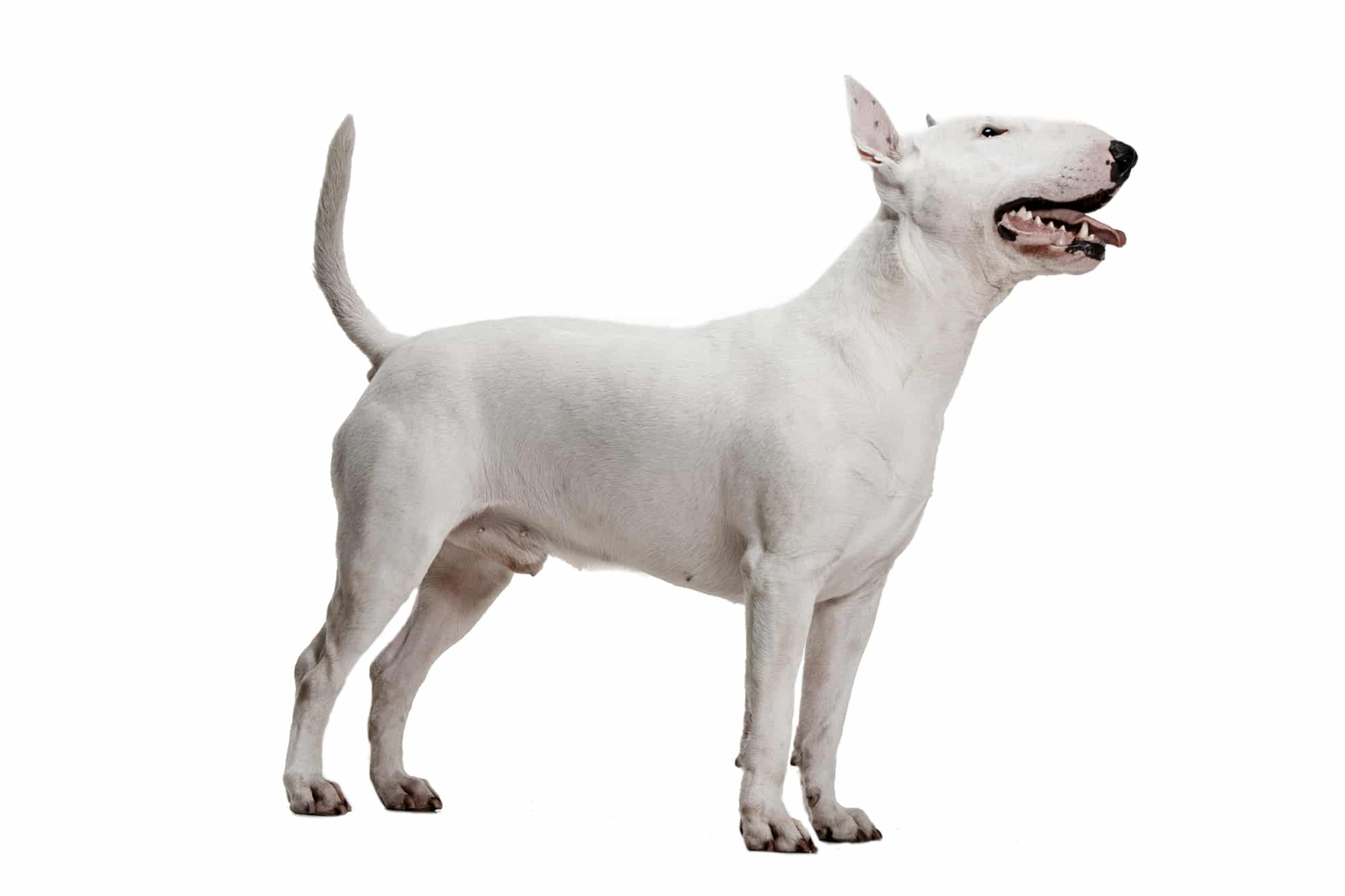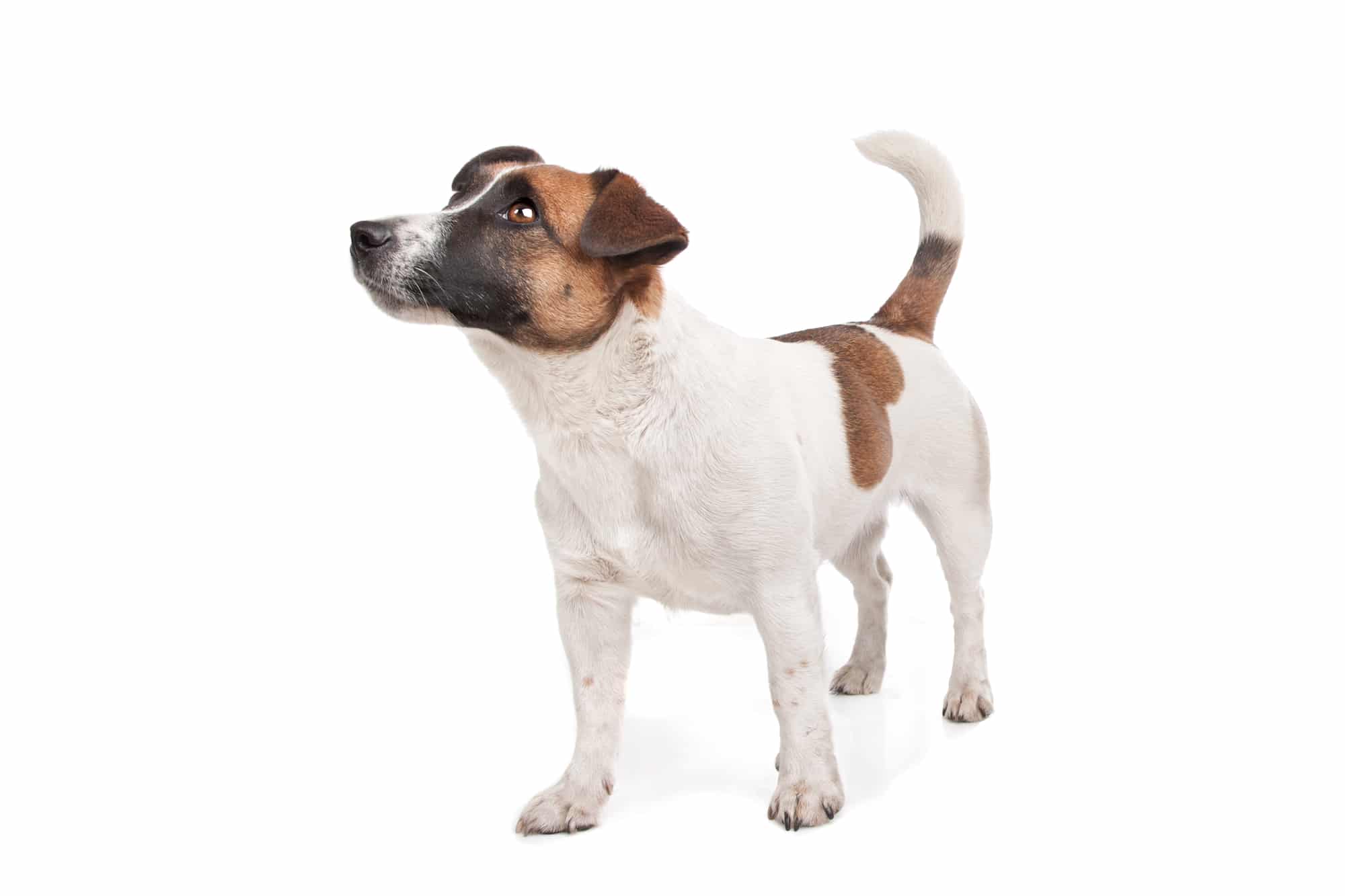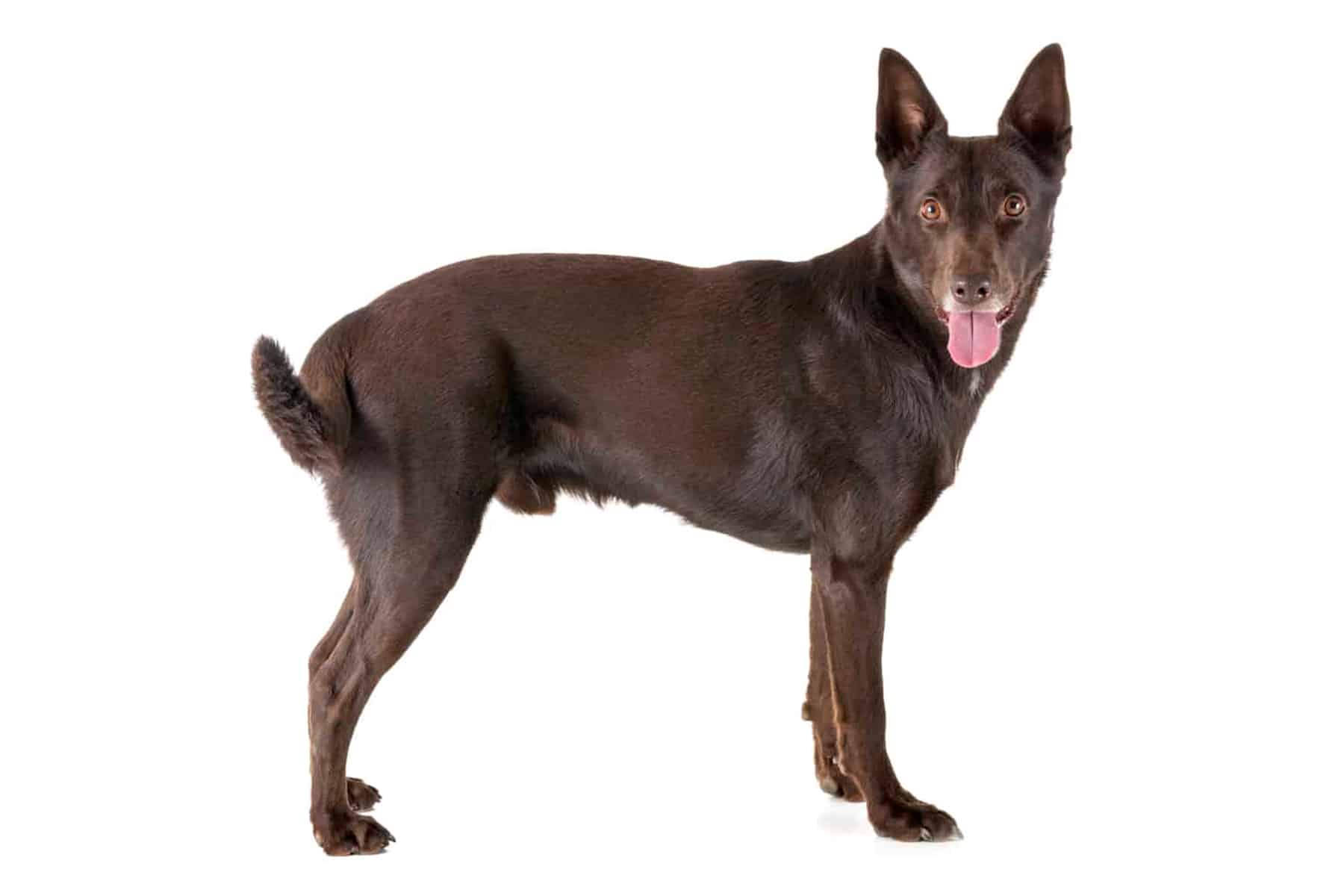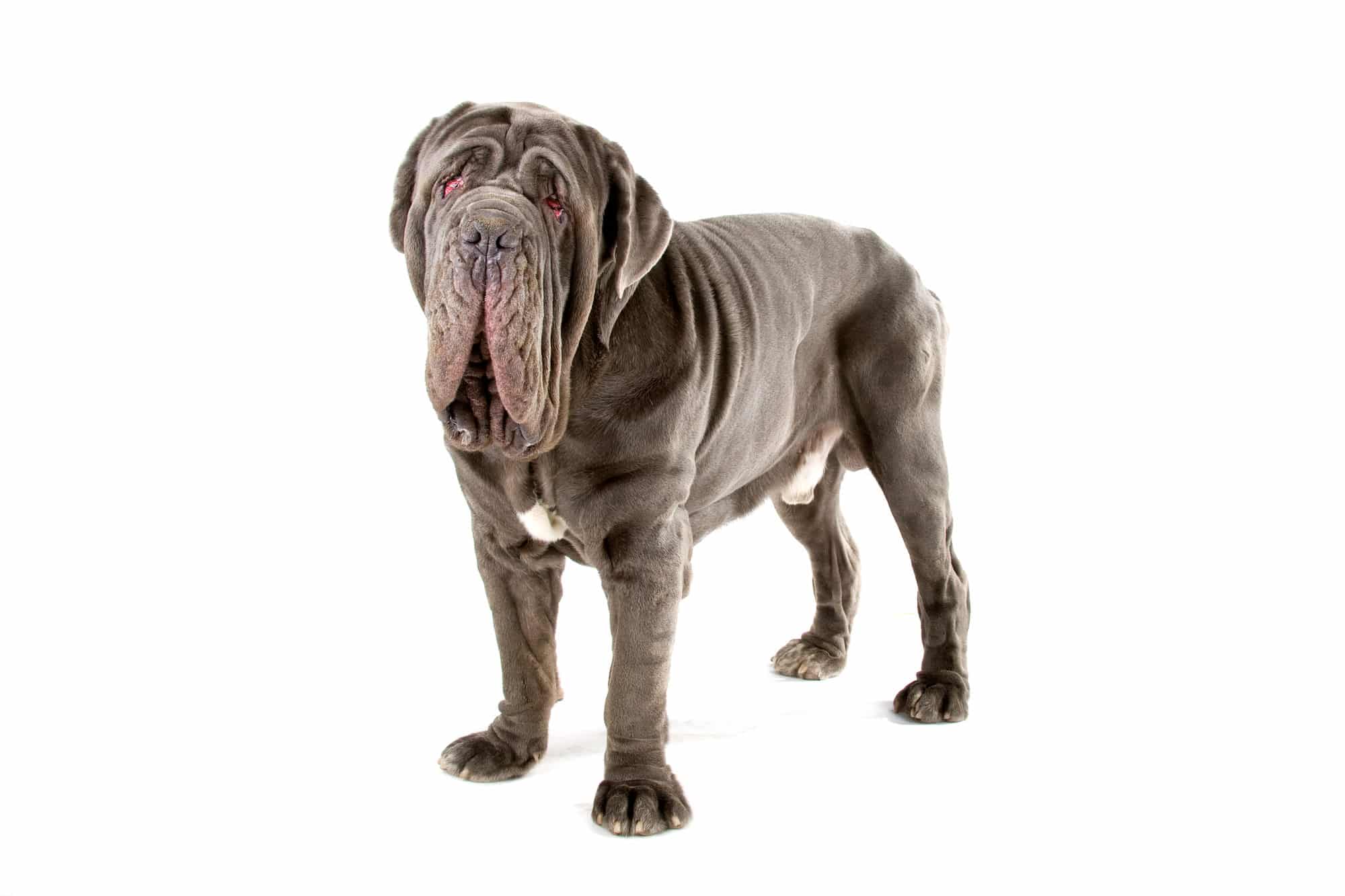Central Asian Shepherd Dog
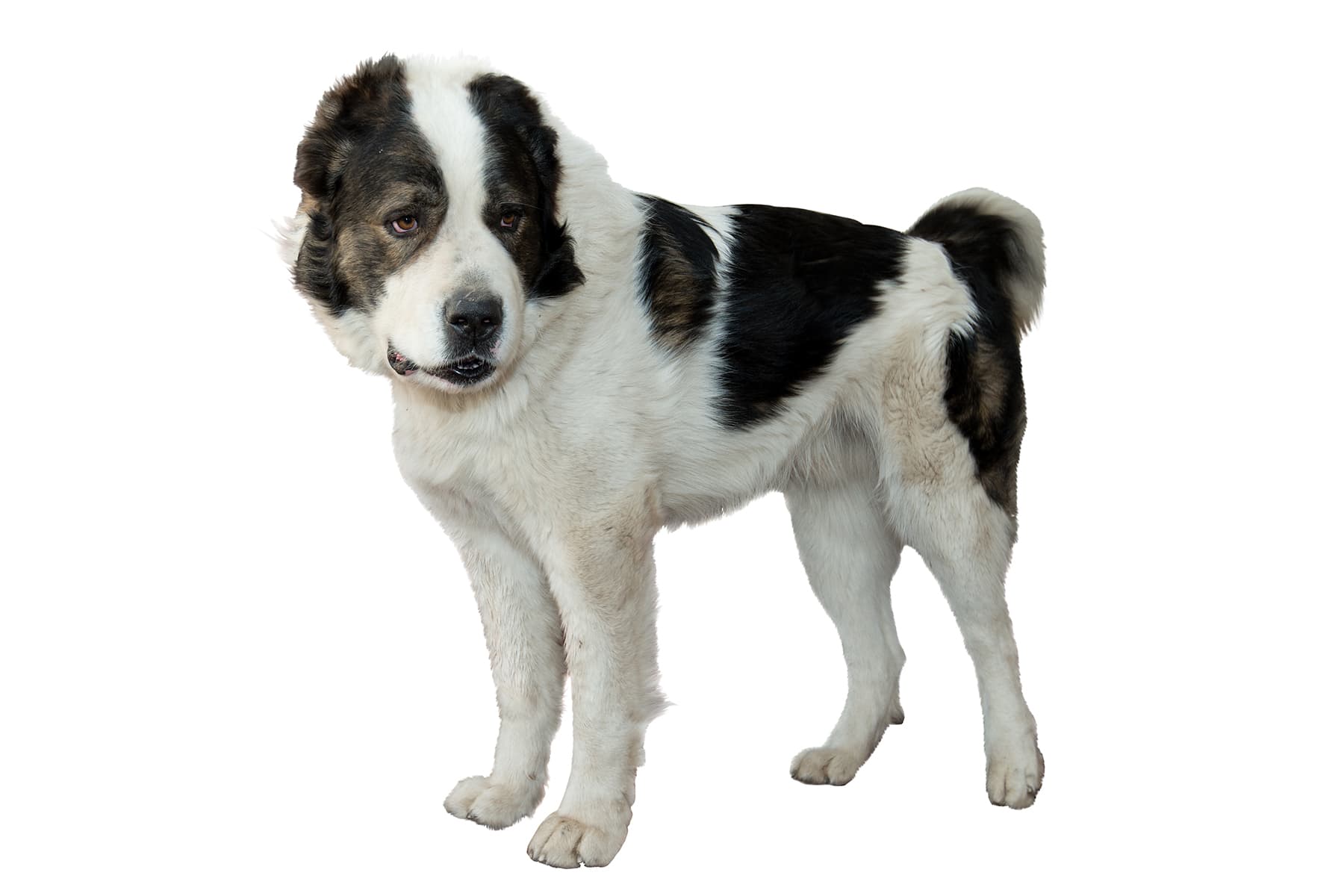
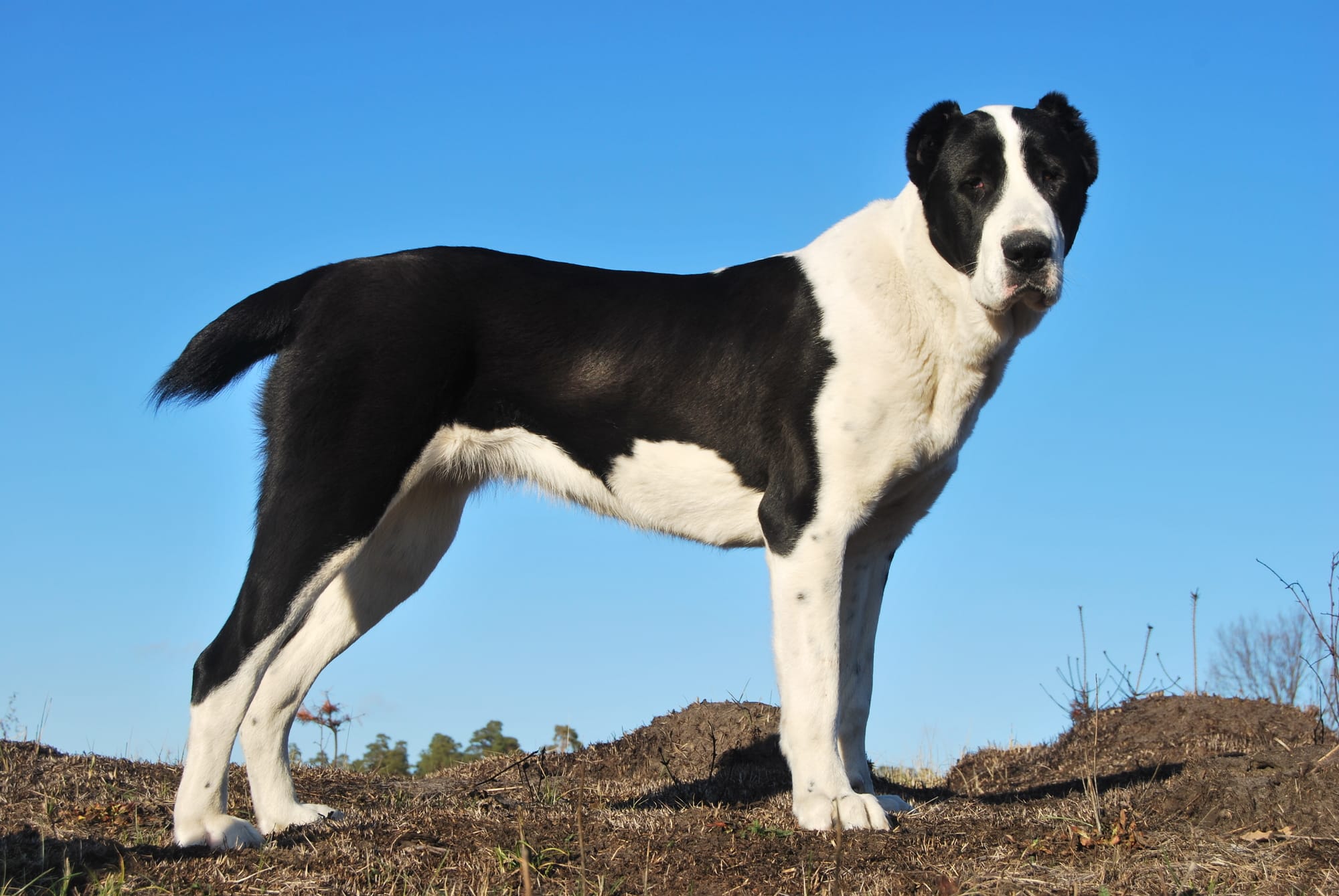
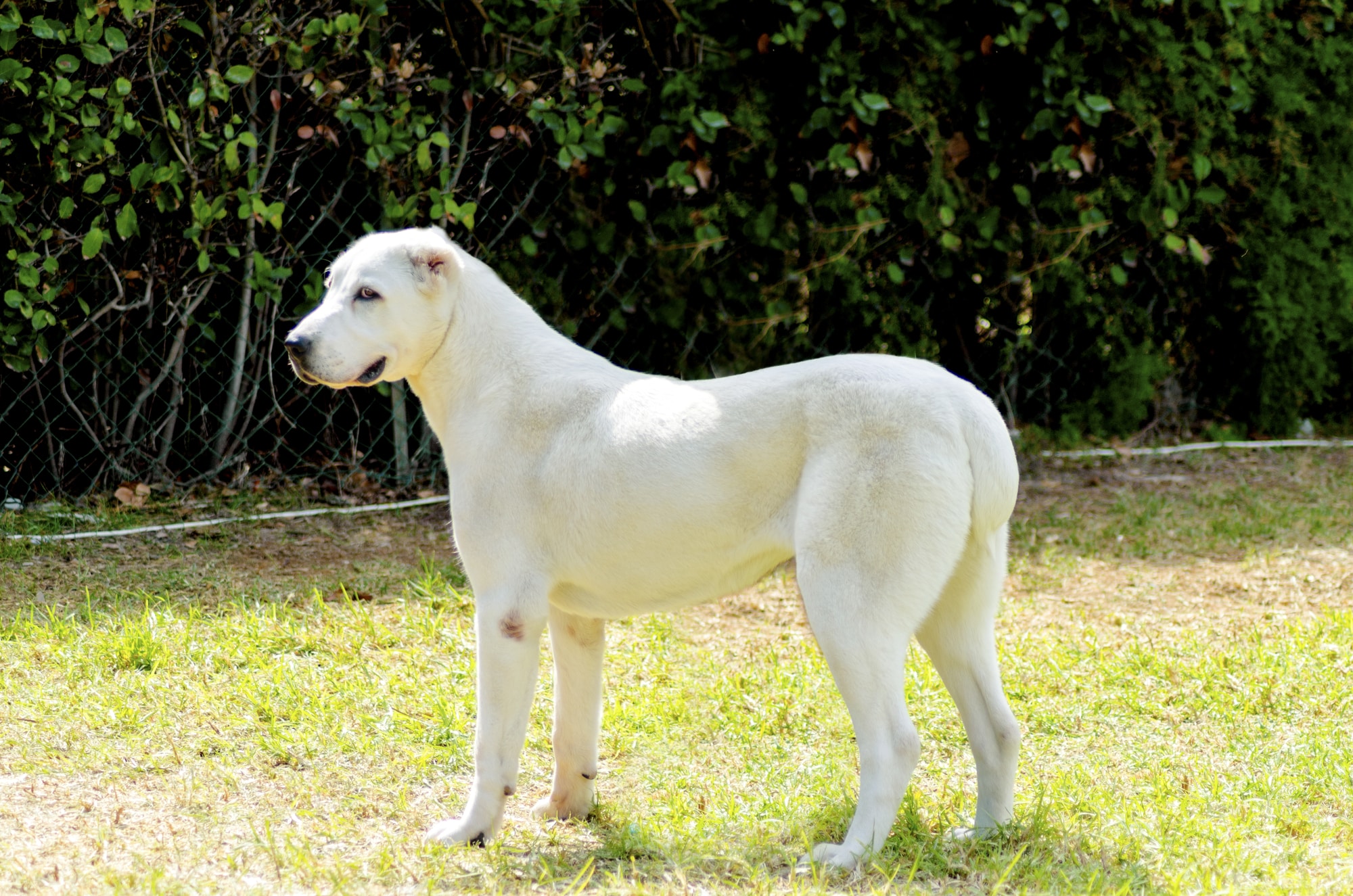
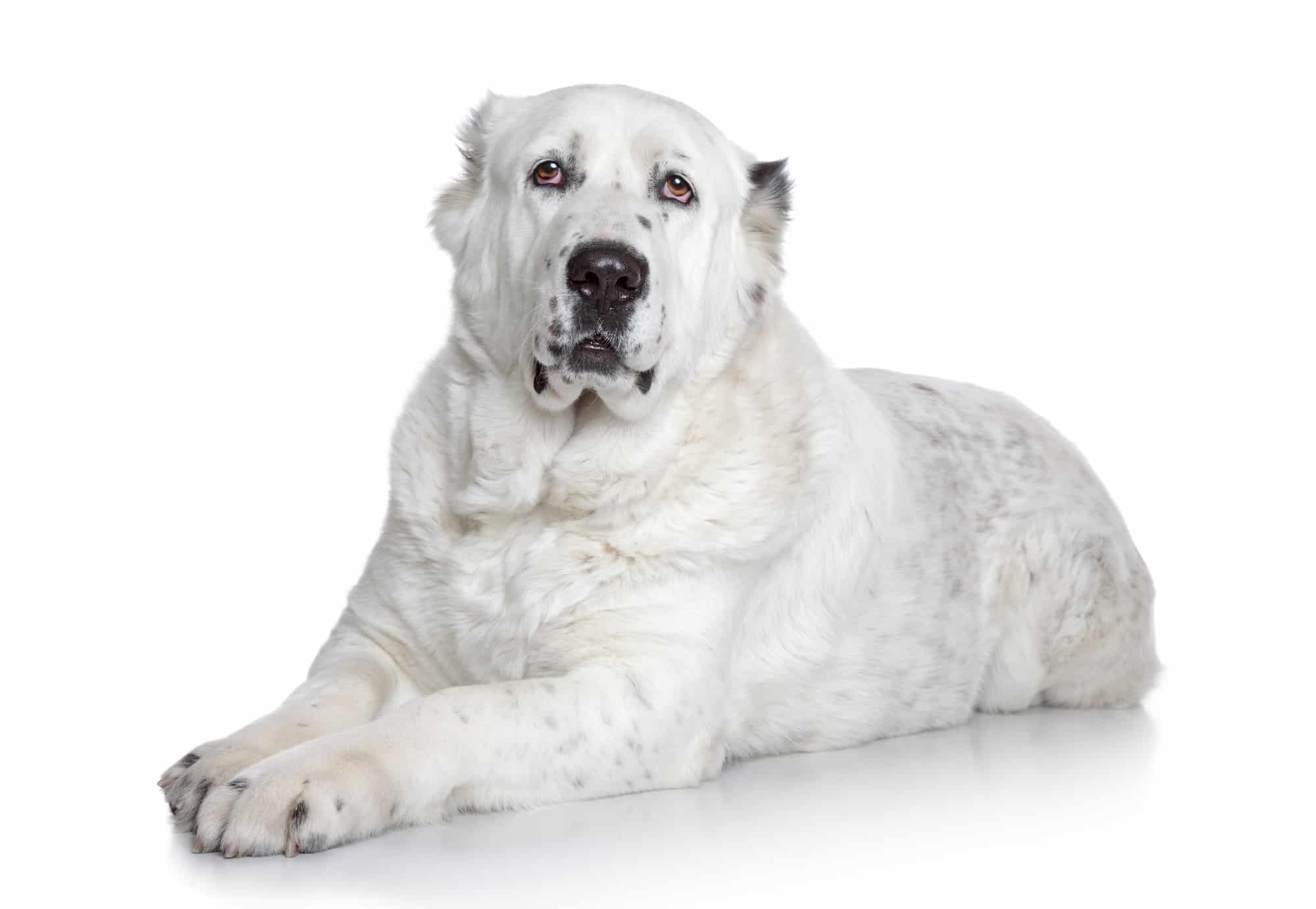
Temperament:
The Central Asian Ovsharka - also called Central Asian Shepherd Dog - is a challenge that not everyone is up to. Keeping this dog is only feasible with a lot of dog experience, time and patience. The Central Asian Ovcharka needs a lot of space and exercise. Firm reference people are important for the education.
Characteristics
A Central Asian Owcharka looks imposing due to its size and build. The dogs originate from the Central Asian regions and were kept here as working animals. Due to the large distribution area, the dogs often differ in appearance. Also the nature of the different types can vary.
The Central Asian Owtscharka from desert regions is lighter than the representatives from mountain regions. He has a slimmer, more leggy body. He also has a more rectangular body shape. Dogs from mountainous regions, on the other hand, are rather bulky, with a broad build and a stocky body shape. However, the transitions between the different types are fluid.
All Central Asian Owtscharka are large and muscular. The breed standard prescribes only a minimum height. It should not be less than 70 cm in the male and 65 cm in the female. In general, the sexes are very different in the Central Asian Ovcharka. The females are much narrower than the males.
Due to the different regional characteristics, there are dogs with medium-length and with short hair. However, due to their origin, all dogs have a very dense undercoat, which protects against cold, rain and snow. Coat colors are varied, from black to gray, straw, fox and white. The colors occur piebald, spotted and mackerel.
Many of the dogs are conspicuous by wrinkling and "sagging" skin. The thick skin sometimes wrinkles in the neck, which gives the Molossian its special appearance. Originally, the ears of the Central Asian Owcharka were docked.
However, this practice is no longer allowed in Germany, because the animals are often operated on without anesthesia. Even with dogs from abroad you should not support this practice, because this encourages breeders to continue to dock their dogs. An exception are of course dogs from animal welfare.
The Central Asian Owcharka should only be handled by very experienced dog owners. The education of the sometimes stubborn dog is time consuming and must be done with great consistency. Since the dogs are very strong, they are physically superior to most people. This can be problematic, as the dogs can often react suspiciously and sometimes even aggressively.
Since the dogs were bred for defense against large animals, they are very courageous. Without much warning, even seemingly calm dogs attack when threatened. Handling the Central Asian Ovcharka requires loving consistency and a strong sense of self.
The agile animals need daily exercise and appropriate employment. However, it is unsuitable for dog sports. The best task for this breed is guarding herds. This allows the dog to act out both his urge to move and his guard instinct.
In general, although the breed is known for its composure. However, his reaction when threatened can be very violent. If a Central Asian Owcharka is not trained consistently from the beginning, it can become aggressive towards people and animals. In general, the dogs are little compatible with other dogs.
The Central Asian Owtscharka should be not be kept in a small apartment. The dog is also not suitable for kennel keeping. As a family dog, he is only suitable to a limited extent. Also in the family he needs sufficient occupation and a loving education. Then the Central Asian Owtscharka can be a good family dog.
Many dogs form a close bond with their humans. But it is important that he has daily contact with his owner. An isolated attitude promotes aggression. The best condition for the attitude is the use as a shepherd and guard dog. Here the dog can use his abilities.
Coat care:
Shedding:
Energy level:
Trainability:
Children suitable:
The right food
The Central Asian Owtscharka is a robust dog breed. It makes few demands on the food. In their regions of origin, the dogs are fed rather meagerly. Therefore, the adult dogs need rather little food.
When feeding the big dogs, there are some specifics that should be taken into account. Especially in the adolescent phase, a balanced diet is important. During growth, the dog needs sufficient nutrients. At the same time, the large dog needs little protein in the first year.
Feeding too much food can cause your Central Asian Owtscharka to grow too fast. The rapid growth and weight gain can cause long-term damage. Special dog food for puppies and young dogs of large breeds is adapted to the needs of these animals in growth. Young dogs should be fed a low-protein food. Feeding should be divided into several portions per day.
Even in adulthood, it makes sense if you feed special dog food for large breeds. Especially when feeding dry food, the large pellets are better. This makes the Gulp down of the feed is prevented. In addition, the food for adult large dog breeds contains less energy. So the dog can eat his fill.
Another problem of the Central Asian Ovcharka and similar dog breeds is the Gastric torsion. To prevent the life-threatening gastric torsion, the dog should rest after feeding. In addition, the adult dog should also be fed twice a day. Smaller portions pose less risk of gastric torsion.
Consistent training is also important for the Central Asian Owtscharka when feeding. The dogs should be able to eat undisturbed. Feeding from the table is unhealthy and encourages begging.
Health & Care
The large dog breed requires little care. The coat does not need to be brushed often, even in the long-haired representatives of the breed.
Get your dog used to the brush from an early age. This way you can remove shedding undercoat and dust regularly. This way your dog will shed less in the house. The Central Asian Owcharka goes out in all weathers. Therefore, he will certainly bring dirt into the house more often. You should be aware of this before acquiring it.
When keeping the Central Asian Owtscharka, you should make sure that the dog's joints are protected. Unsuitable nutrition and unfavorable movement patterns can promote joint diseases. This includes for example the Hip joint dysplasia (HD), but which is also hereditary.
Your young Central Asian Owtscharka should not move too much. Especially jumping and climbing stairs should be the exception. Instead, the dog should be at long walks to exhaust yourself. "Head work" through exercises and quiet play will keep your dog balanced.
The Central Asian Owcharka needs frequent exercise. The best place for this is a secured area. Your dog should have the chance to meet people and animals from an early age. Good socialization is the basis for a well-balanced dog.
Suitable accessories
The Central Asian Owtscharka is a very strong dog. Already the puppy you should consistently get used to the leash. The adult dog must walk safely on a leash, otherwise a walk would be almost impossible. A well sitting collar and a sturdy leash are therefore the basic equipment.
The Central Asian Ovcharka is a dog that likes to live with family. He should have a quiet place to sleep in the house, from which he can see the family.
Since the Central Asian Owtscharka is a very stubborn dog, especially children should not be able to disturb him while resting. In case of doubt, make sure that the dog is not disturbed by your children with a children's gate.
Like any dog, your Central Asian Owtscharka needs a Food bowl. Also needs a large Water bowl. The water should always be freely accessible and clean.
If your dog tends to snare quicklyit can be helpful to offer him larger pieces of food. Anti-snacking bowls are also useful. These are designed so that the pieces of food fall into cracks. This allows the dog to eat his ration only piece by piece. Slow eating minimizes the risk of gastric distention.
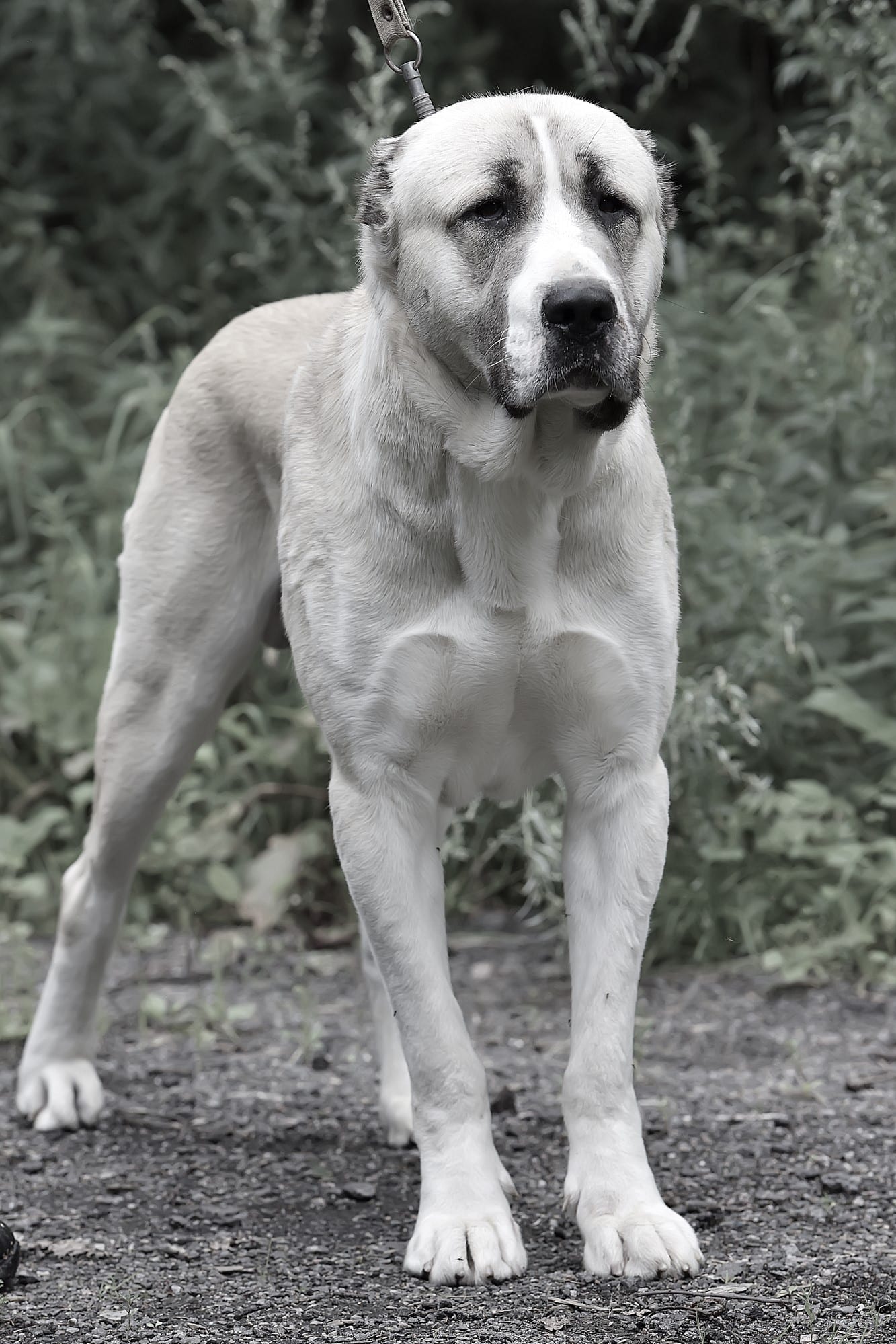
Origin & History
The origin of the expressive dog breed lies in the entire Central Asian region. Different types have developed in different regions through breeding and natural requirements.
Central Asia is still home to one of the last livestock breeding cultures. Shepherds from the region around the Oxus River had already kept large guard dogs 8,000 to 10,000 years ago. They protect livestock and people even from large wild animals, such as bears and wolves.
The Central Asian Owtscharka is related to the Kangal and the Tibetan dog. Overall, however, this group is probably also an ancestor of the European mountain dogs.
The dog breed was called Shepherd dog bred. It protects the herd from wild animals. Also used as Watchdog the brave dog is used, which puts strangers to flight by its size alone. To avoid injuries, the ears of the dogs were docked in the past. In Europe this is forbidden, beyond that also not necessary.
So far there are hardly any Central Asian Ovcharkas in Germany. Most breeders are still in Russia.
The breed was finally recognized by the FCI in 1989.
